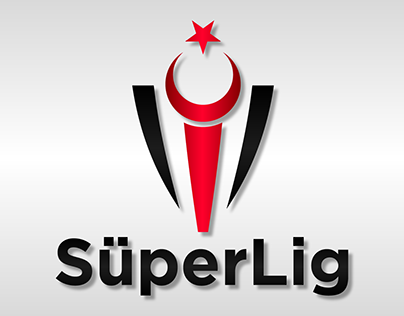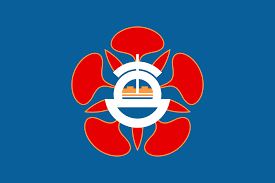Turkey Super Lig Overview

Turkey Super Lig
The Turkey Super Lig stands as a beacon of footballing passion and history in the vibrant nation of Turkey. Known KUBET for its intense rivalries, unpredictable match outcomes, and fervent fan culture, the league is an essential part of Turkish sports. It showcases not only domestic talent but also attracts international players, creating a melting pot of football traditions and styles. With its roots stretching back decades, the Turkey Super Lig has evolved into one of Europe’s most competitive leagues, offering fans thrilling matches week in and week out.
Historical Context of the Turkey Super Lig
The journey of the Turkey Super Lig can be traced back to its inception in 1959. Initially known as the Millî Küme, the league underwent several transformations before adopting its current structure and name.
The Birth of a League
The establishment of the Turkey Super Lig was born out of a desire to create a solidified structure for professional football within the country. Prior to this, clubs operated independently without a formalized league system.
This initiative reflected a growing interest in football as a spectator sport in Turkey, leading to increased attendance at matches and greater media coverage. The early years of the league were characterized by a lack of organized competition, but as teams began to develop rivalries and a sense of identity, the foundations of what would become the Turkey Super Lig were laid. Clubs like Galatasaray, Fenerbahçe, and Beşiktaş emerged as powerhouses, fueling local passions and setting the stage for a fierce competition that continues to this day.
Evolution Through Decades
As the decades unfolded, the Turkey Super Lig experienced significant growth and development. By the 1970s, foreign players began to make their mark, bringing new skills and techniques to the league. This infusion of talent raised the overall standard of play and attracted more fans, eager to witness the evolution of their domestic clubs.
The league saw a boom in infrastructure, with stadiums being renovated and modernized to accommodate the growing number of supporters. Clubs started investing in their academies, ensuring a steady stream of local talent while simultaneously attracting foreign stars. The result was a unique blend of local flair and international professionalism, turning the league into a compelling spectacle for both fans and aspiring players.
Global Recognition and Challenges
In recent years, the Turkey Super Lig has gained recognition on the global stage. The successes of Turkish clubs in European competitions, notably Galatasaray’s victory in the UEFA Cup in 2000, showcased the potential and talent present within Turkish football. However, alongside these achievements, the league has faced challenges including financial instability, corruption scandals, and issues related to governance.
Despite these hurdles, the passion of the fans and the unwavering support of local communities continue to drive the league forward. It remains a critical aspect of Turkish culture, uniting people from all walks of life in support of their teams. As we look to the future, understanding the historical context of the Turkey Super Lig allows us to appreciate its significance and the potential it holds for continued growth and success.
Structure and Format of the Turkey Super Lig
The structure and format of the Turkey Super Lig are crucial components that define how the competition unfolds each season. The league operates under a promotion and relegation system, which adds an extra layer of excitement and unpredictability to the matches.
League Structure
The Turkey Super Lig consists of 20 teams, competing annually for the championship title. Each team plays a total of 38 matches using a round-robin format where every club faces each other twice—once at home and once away.
This structure ensures that all teams have ample opportunity to demonstrate their skills and collect points throughout the season. The intensity of the competition increases as teams vie not only for the championship but also for spots in European competitions, such as the UEFA Champions League and Europa League.
Promotion and Relegation
Complementing the league structure is the concept of promotion and relegation with lower divisions, primarily the TFF First League. The bottom three teams at the end of the season face relegation to the lower division, while the top three teams from the TFF First League ascend to the Super Lig.
This system creates a dynamic environment where teams must consistently perform well to maintain their status in the top tier. Clubs in the lower divisions aspire to reacile those in the Turkey Super Lig work tirelessly to avoid the drop. The high stakes involved in ph the Super Lig, whromotion and relegation contribute to a thrilling atmosphere in every match, as even late-season fixtures can hold significant implications for many teams.




